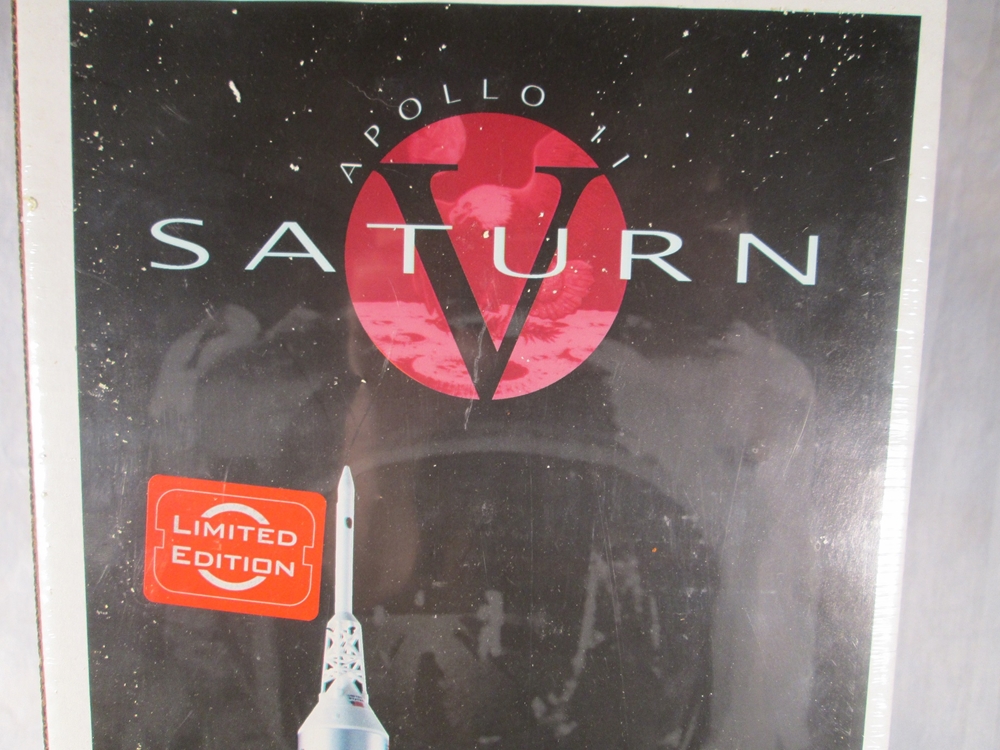- Joined
- Mar 27, 2013
- Messages
- 22,535
- Reaction score
- 14,936
So, the Estes Apollo 11 Saturn V is likely to generate a degree of interest perhaps not seen before for a model rocket kit (with the possible exception of the Estes 1/45 scale Little Joe II). Let's use this thread to share any wisdom gleaned from previous kits and during the process so that everyone can be successful with their kits.
(apologies to James Duffy)
[EDIT] Upon finding that there is no Apollo II Saturn V that ever flew, I corrected my mistake which was based on Estes' mistake).
(apologies to James Duffy)
[EDIT] Upon finding that there is no Apollo II Saturn V that ever flew, I corrected my mistake which was based on Estes' mistake).
Last edited:





